Fiber is a crucial nutrient. It helps digestion and gut health, keeps our bowel movements smooth, and helps facilitate many bodily processes. Unfortunately, if you don’t eat a balanced diet, it’s also effortless to become deficient in this component. Make high-fiber foods a part of that lifestyle.
Are you not getting enough fiber in your diet? Don’t worry, and keep your positive thinking going! It can be surprisingly easy to get your daily fix of fiber. Here’s how nutritionists reveal 22 high-fiber foods to eat every day, in 5 neat categories.
1. Beans and Legumes
Legumes and beans are famous for being borderline superfoods. They’re full of nutrients and are often easy to prepare, so they’re great ways to get your fiber fix. Here are some options to consider according to registered dietician and nutritionist Alex Caspero:
· Lima Beans
Lima beans can be frozen or canned, and you’ll still get their fiber-packed benefits. Cook some with corn to create a delicious and filling succotash and get extra fiber from corn, or puree them with a mix of olive oil, lemon juice, and seasoning to create a hummus. One cup of lima beans provides 12 grams of fiber.
· Black Beans
Black beans are packed with fiber, and they’re effortless to add to meals. They can be mashed and added to salads, soups, sandwiches, a sweet potato dish, or even wraps. One cup of black beans provides 17 grams of fiber.
· Chickpeas
Chickpeas are great options for protein when you don’t want to eat meat. You can use them as a replacement for chicken in virtually every meal, but remember to season them well as they can be bland on their own. Still, that blandness means they taste good with lots of different dishes. One cup of chickpeas provides 11 grams of fiber.
· Lentils
Lentils are highly filling and only take half an hour to cook in simmering water. They’re inexpensive and are fantastic as fillings for wraps, and you can use them to make lentil loaves. They’re also full of protein, which gives you more positive boosts than fiber alone, and one cup of cooked lentils provides 16 grams of fiber.
· Peanuts
Believe it or not, peanuts are technically legumes, not nuts! They’re also rich in healthy fats and are easy to use. Eat them as a snack, toss them into salads, add them to relevant dishes, or get them through peanut butter. Half a cup of peanuts provides 6 grams of fiber.
2. Fruits
The sweetness of fruit means most people enjoy them, so they’re healthy high-fiber foods that you can look forward to with positive thinking. They’re full of fiber and vitamins that give the body endless benefits! Here are some of the best to munch on for fiber:
· Avocados
They’re a bit of a “trendy” foot, but honestly, they deserve the hype! They’re full of healthy fats that keep you full, come with tons of vitamins, and can be added to sandwiches, salads, or eaten with toast. Half an avocado provides 7 grams of fiber.
· Blackberries
Berries are versatile and have so many great benefits for the brain and body. You can use them fresh or frozen and still gain the same benefits. Add blackberries to yogurt, blend them into juices and smoothies, add them to a fruit salad, or just munch on some for a snack. One cup of blackberries provides 8 grams of fiber.
· Raspberries
Raspberries don’t stay in season for long, so grab them while they’re good! They provide all the benefits of blackberries and can also be used frozen or fresh as needed. Just like blackberries, one cup of raspberries contains 8 grams of fiber.
· Apples
Apples are sweet, and there’s a reason the saying about keeping doctors away stars them! They can be eaten plain, with nut butter, or with another healthy dip. According to the author and registered dietician Keri Gans, apples have other positive sides, too, like their richness in vitamin C that keeps immunity strong and keeps the skin healthy. In just half a cup of them, they provide 7.5 grams of fiber.
· Pears
Pears are very underrated in the health world. They can be eaten with nut butter or savory spreads for some added flavor. One medium-sized pear provides 6 grams of fiber.
3. Grains
Grains are known for being full of fiber. As they’re such staple parts of daily meals, it’s relatively easy to consume enough of them as needed. Here are some grains to add to your diet for a positive fiber-filled boost:
· Popcorn
Popcorn is known as a not-so-healthy snack food. Still, it’s a high-fiber food. And, when not smothered in unhealthy coatings like butter or caramel, it is surprisingly good for you, says registered dietician and nutritional therapist Scott Keatley. Don’t go for movie cinema popcorn – try getting plain popcorn and adding flavor with cinnamon or garlic powder. In just half a cup of popcorn, you get 7 grams of fiber.
· Barley
Barley is associated most with drinks and soups, and you likely don’t think of it as a rice substitute. But it certainly can be one! Ten-minute barley can be cooked in a big batch and used in place of rice throughout the week. Mix it in with things like roasted vegetables, some healthy protein, and a little bit of dressing to make a filling meal option. One cup of cooked barley provides 6 grams of fiber.
· Bran
Bran has a lot of potentials and can be added to so many different meals and drinks. As a versatile food, it’s great for adding to oatmeal, baked goods, smoothies, and much more. The type of bran you use determines its benefits, says Academy of Nutrition and Dietetics spokesperson and registered dietician Sonya Angelone. For example, oat bran has soluble fibers that keep you full and balance blood sugar, while wheat bran reduces constipation through insoluble fiber. Whichever you choose, the fiber provided by bran has lots of positive effects on the body, and just an eighth of a cup of bran offers 10.5 grams of fiber.
· Wholewheat Pasta
You don’t have to give up pasta entirely to live a healthy lifestyle. Wholewheat pasta tastes just as good as the white pasta you’re used to, especially when mixed with a tasty sauce (like olive oil and lemon, or even a tomato sauce) and is excellent when tossed with cooked vegetables. This makes for a high-fiber meal, and one cup of cooked wholewheat pasta provides 6 grams of fiber.
4. Nuts and Seeds
Nuts and seeds are famous for providing healthy fats and other health benefits, but did you know that they’re also packed with fiber? Here are some great options to add to meals or munch as a snack, according to the author and registered dietician Keri Gans:
· Almonds
Almonds are full of fiber, and they also have great benefits like vitamin E and omega-6 fatty acids. They’re easy to eat as tidbits and can be added to salads, or even used to coat meat for a baked crunch. With all its positive sides, half a cup of almonds also provides 10 grams of fiber.
· Chia Seeds
Chia seeds are a superfood, plain and simple. They can be added to yogurt, smoothies, salads, and poke bowls, and just sprinkling them over any dish you’re eating is a great way to get them into your diet. They’re packed with protein, omega-3 fatty acids, and heart-healthy components. Just a quarter cup of chia seeds gives you 13.5 grams of fiber.
· Sunflower Seeds
Sunflower seeds are just as easy to add to food as chia seeds are. They have plenty of healthy fats – specifically monounsaturated ones – and bring down cholesterol while packing a big fiber punch. Half a cup of sunflower seeds provides 5 grams of fiber.
· Flax Seeds
Flax seeds are also easy to use, just like chia and sunflower seeds! They’re great additions to smoothies and yogurts, can be tossed into baked goods and breakfast foods, and add a fiber-filled kick with some essential omega-3 fatty acids. They lower inflammation in the body and can be great aids in fighting joint pain. A quarter cup of flax seeds provides 14.3 grams of fiber.
5. Vegetables
Vegetables are everyone’s go-to for a healthy dish, and with good reason. They have so many positive components, like vitamins and minerals, but they’re also packed with fiber. Here are some of your best options on that front:
· Sweet Potatoes
Sweet potatoes are great substitutes for normal potatoes. They’re full of vitamin A and can be used for sweet and savory snacks, too, says Gans. You can lightly fry some with healthy oils for sweet potato fries or toast them and top them with bananas, peanut butter, or honey. However you choose to eat them, half a cup of sweet potatoes provides 3.4 grams of fiber.
· Artichokes
Artichokes are great for adding to pasta or Mediterranean dishes, and they give you loads of fiber. Of course, we do know that artichokes can be tough to prepare, but don’t worry – canned artichokes and frozen artichokes are just as good, states Caspero, and they can be added to wraps, frittatas, and salads with ease. Uncooked artichokes of a medium-size provide 7 grams of fiber.
· Brussels Sprouts
Brussels sprouts are famously a bit of an acquired taste, but they’re a good alternative to cauliflower or broccoli when you’re tired of them, according to Gans. They’ve got lots of vitamin K and can make a delicious side dish when roasted with just a little salt, pepper, and olive oil. Half a cup of Brussels sprouts gives you 3.5 grams of fiber.
· Split Peas
Split peas can seem complicated, but they only take half an hour to cook thoroughly, and Gans says they are fantastic for easy one-pot meals. They also have other positive sides, like iron richness, which improves circulation, and half a cup of uncooked split peas gives you 22 grams of fiber.
Final Thoughts On These 22 High-Fiber Foods To Eat Every Day, According To Nutritionists
With so many different ways to get fiber into your system, you won’t get bored consuming the same thing every day to meet your daily requirements. Eat a wide variety of high-fiber foods in whatever way you prefer, and your body and digestive health will thank you!

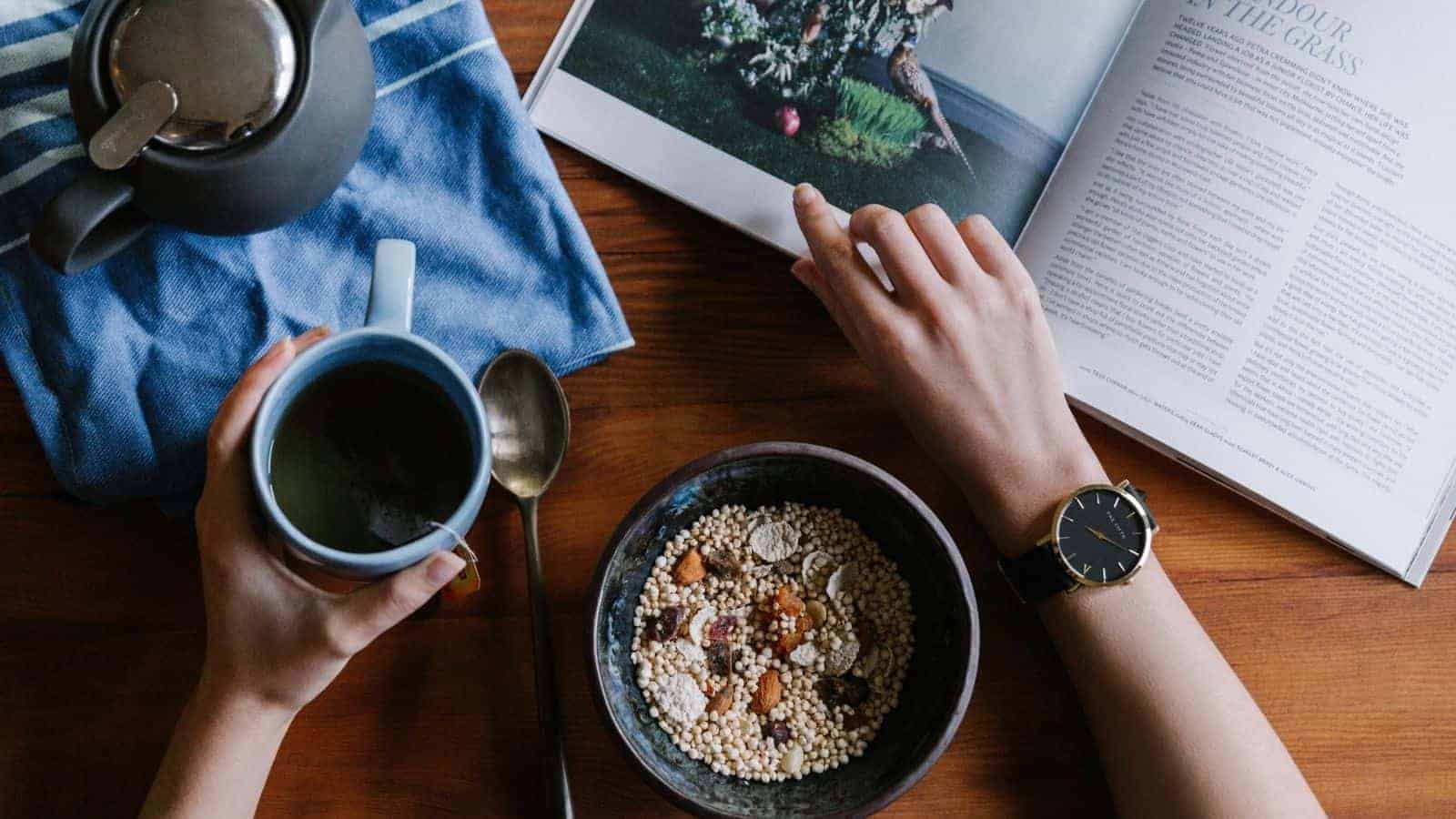

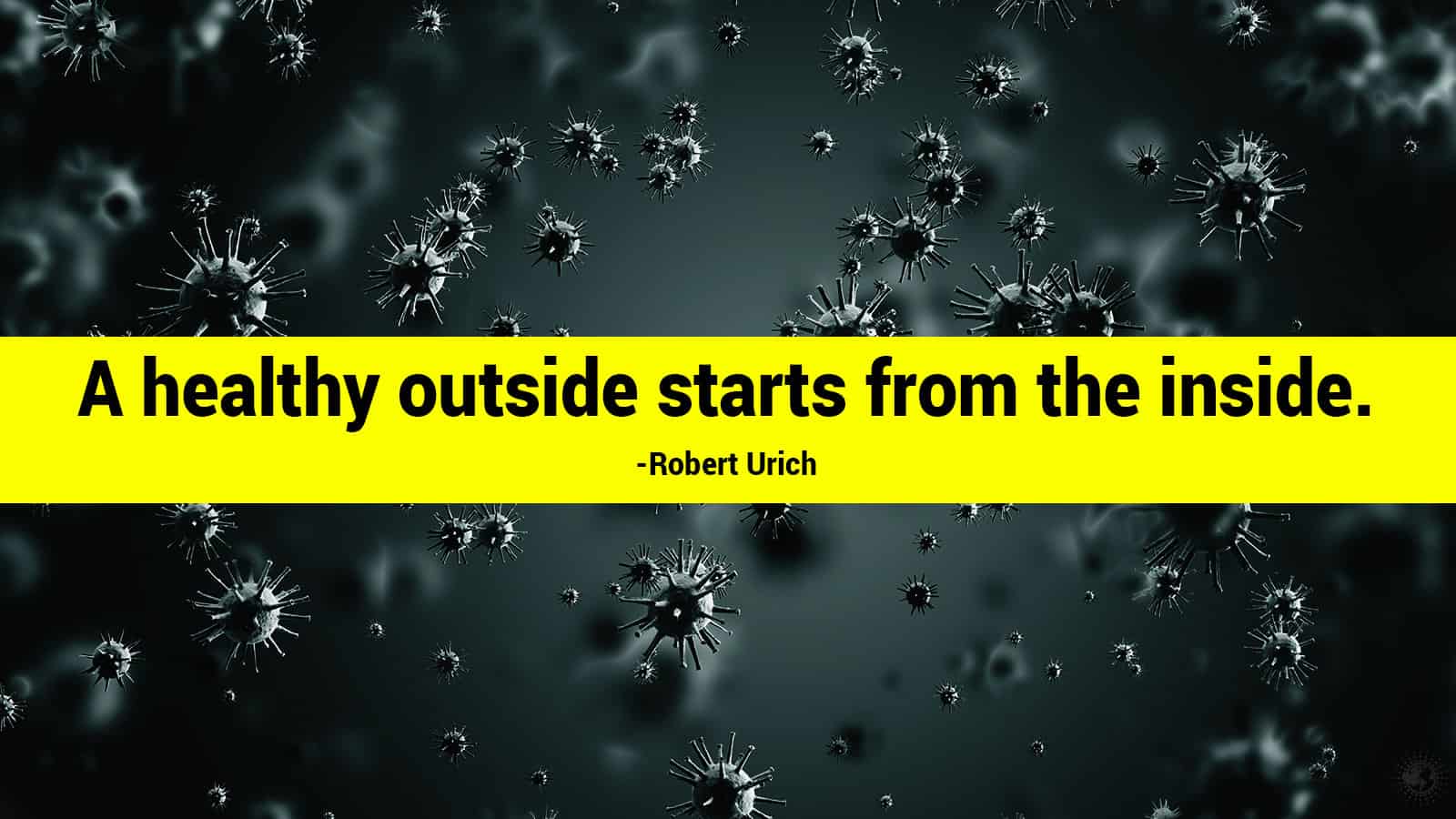

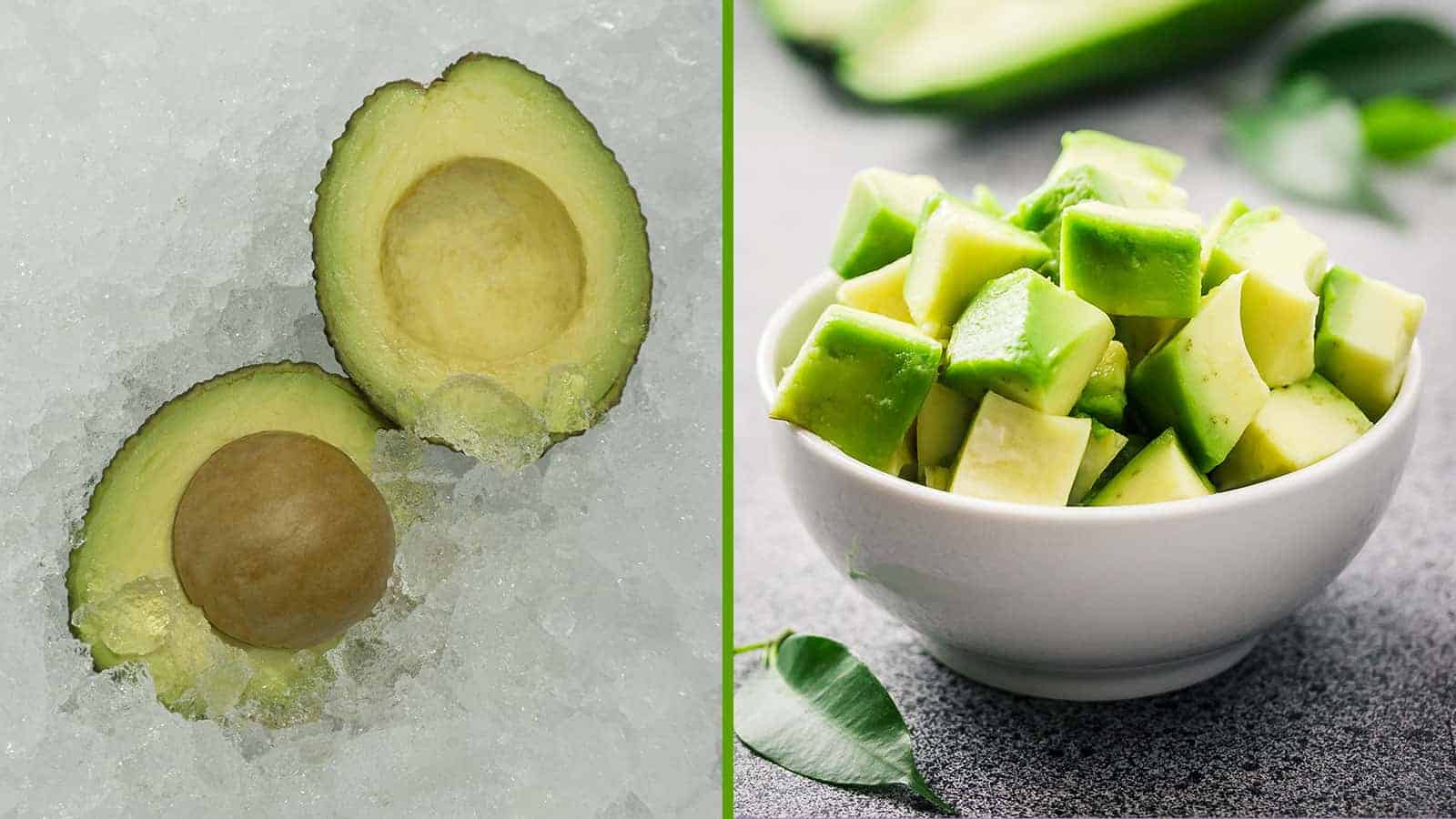
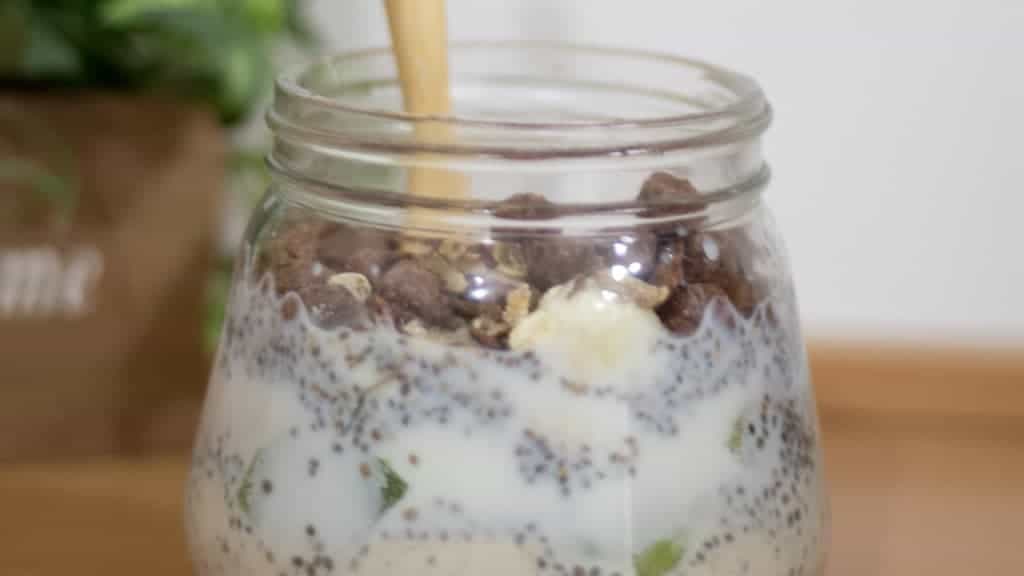
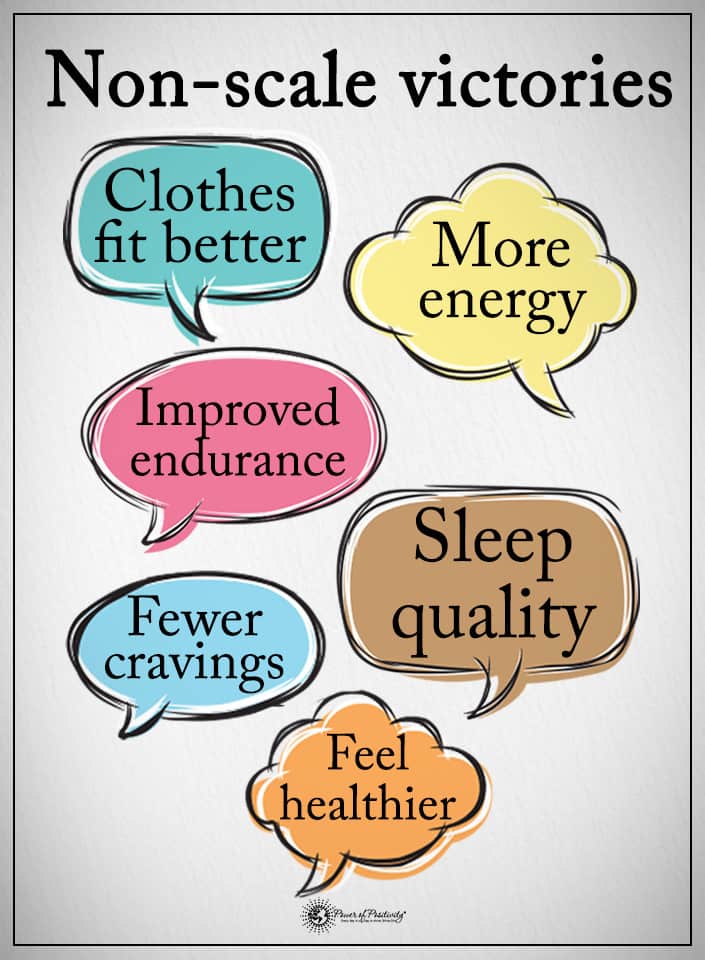









 Community
Community

